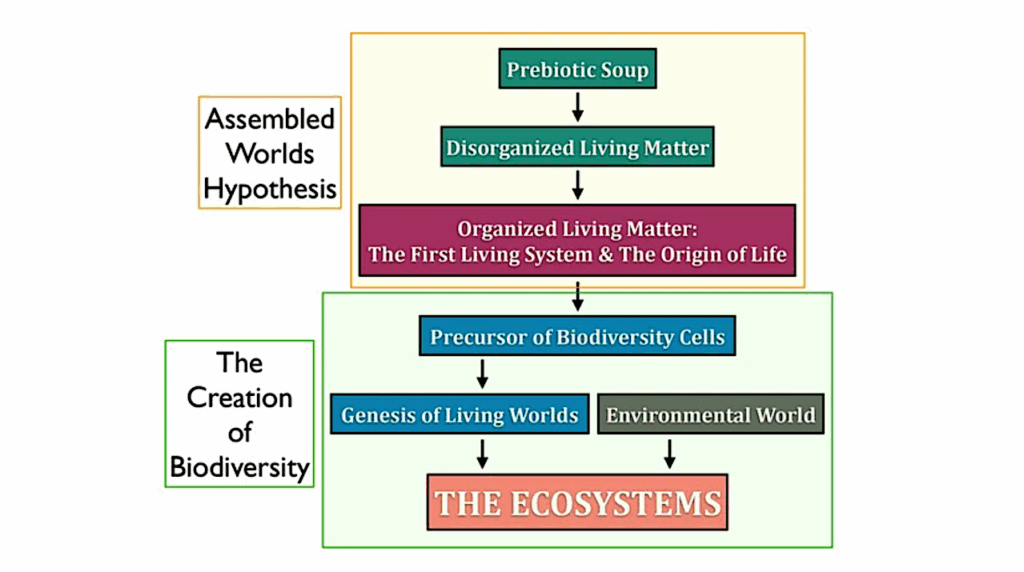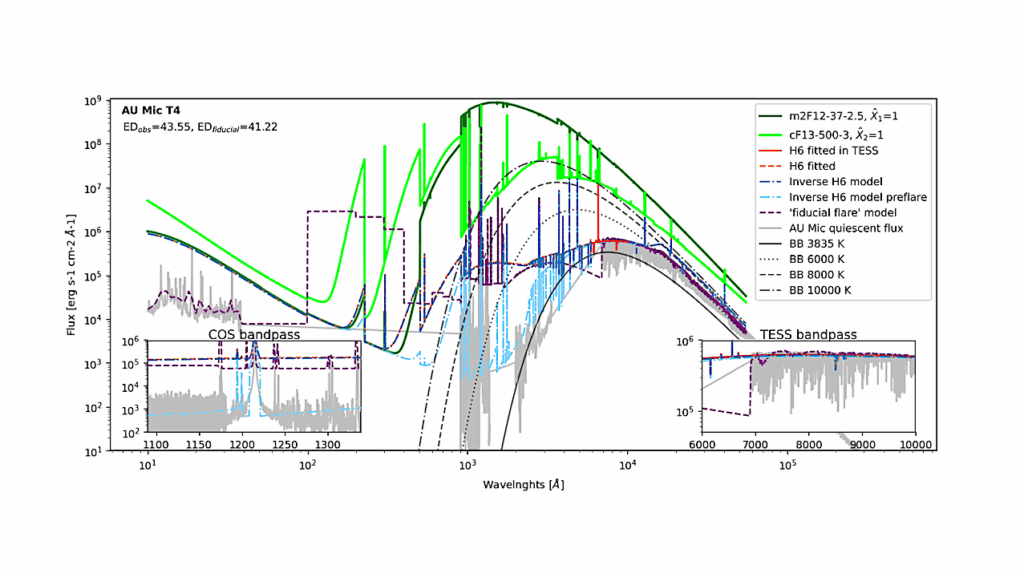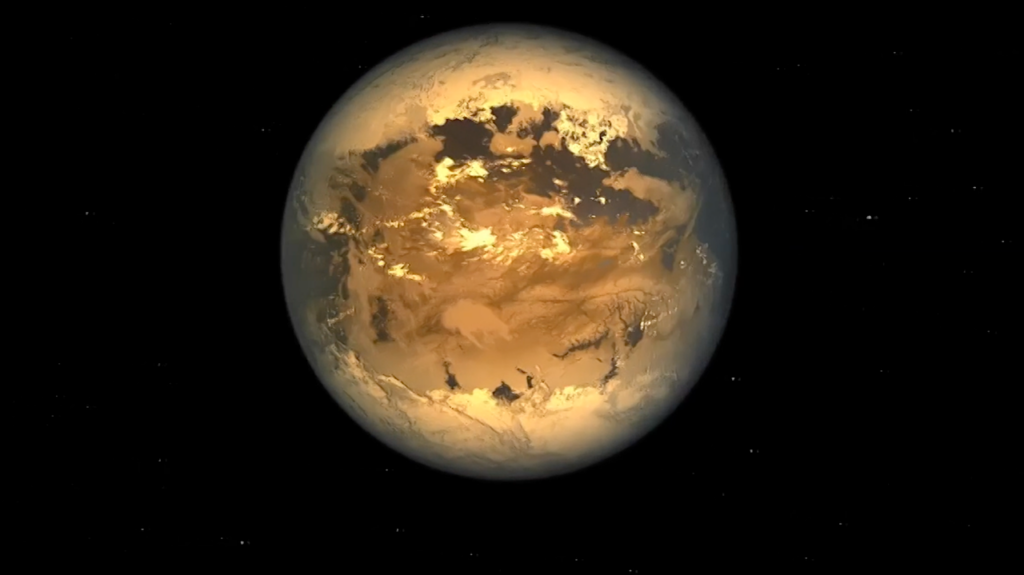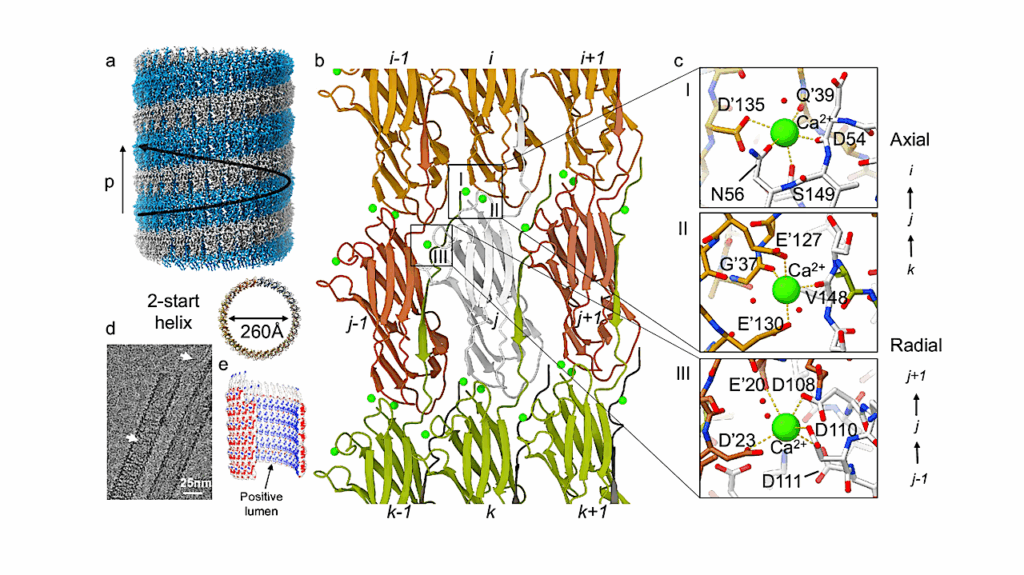A Novel Metric For Assessing Climatological Surface Habitability

Planetary surface habitability has so far been, in the main, considered in its entirety. The increasing popularity of 3D modelling studies of (exo)planetary climate has highlighted the need for a new measure of surface habitability.
Combining the observed thermal limits of modern Earth-based life with surface water fluxes, we introduce such a measure which can be calculated from the climatological outputs from general circulation model simulations. In particular, we pay attention to not only the thermal bounds of macroscopic complex life, but additionally the limits of microbial and extremophilic life which have been vital to the generation of Earth’s own biosignatures.
This new metric is validated on Earth, using ERA5 reanalysis data to predict the distribution of surface habitability which is compared to the observed habitability generated from satellite-derived data of photosynthetic life.
The validation against observed habitability is additionally repeated for a selection of other defined metrics of surface habitability, allowing for the first time a comparison of metric performance with respect to Earth-based surface life, finding that future climatologically-based metric definitions should include both conditions for temperature and water/nutrient availability.

The observed and metric-derived climatological surface habitability of Earth based upon the annual mean climate across 2003-2018. The habitability criteria for each metric can be found in Table 2. — astro-ph.EP

Annual mean climate across 2003-2018 derived from ERA5 for (a) surface air temperature Ts [K], (b) biotemperature Tbio [K], (c) precipitation P [mm day−1⊕ ], (d) evaporation E [mm day−1⊕ ], (e) net precipitation P − E [mm day−1⊕ ], (f) potential evapotranspiration P ET [mm day−1⊕ ], (g) aridity index AI, and (h) sea ice concentration SIC. — astro-ph.EP
Hannah L. Woodward, Andrew J. Rushby, Nathan J. Mayne
Comments: 28 pages, 2 figures
Subjects: Earth and Planetary Astrophysics (astro-ph.EP); Instrumentation and Methods for Astrophysics (astro-ph.IM)
Cite as: arXiv:2407.05838 [astro-ph.EP] (or arXiv:2407.05838v1 [astro-ph.EP] for this version)
https://doi.org/10.48550/arXiv.2407.05838
Focus to learn more
Submission history
From: Hannah Woodward
[v1] Mon, 8 Jul 2024 11:38:04 UTC (1,814 KB)
https://arxiv.org/abs/2407.05838
Astrobiology,








